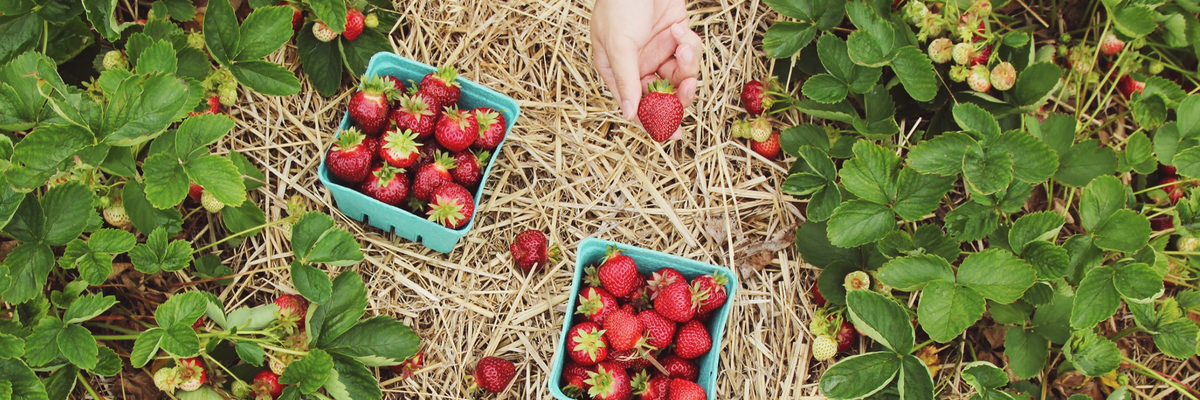Now that you know the main purposes for your garden, review available sites and determine which one is right for your needs. Along the way, consider the following questions.
How much space do you need to meet your goals?
How many beds do you plan to install to produce food for your school’s needs? What is the best way to divide that space into beds? What other items (compost bin, tool shed, potting tables or benches, trellises, etc.) do you need? The answers to these questions will help you design the configuration of your beds and how much space you need to contain them.
Is there enough sun?
Direct exposure to sunlight is one of the most important needs your garden will have. While salad greens need about 4 hours of sunlight each day, your site will ideally have 7-8 hours of sunlight to accommodate the broadest range of fruits and vegetables. If you’re unsure how much light your site gets, use a sunlight calculator to be sure.
Where is your water access?
Your site should ideally be no more than one hose length away from the nearest faucet or standpipe. If you plan to install in-ground irrigation, the distance away from your water source will affect the pressure needed to get water to your site.
What type of beds will you use?
While a traditional in-ground garden is the simplest to install, it requires that good quality soil be available onsite. You can order additional soil or well-seasoned compost to augment what’s there, but there should be something to start with. Benefits of in-ground gardens include flexibility, good moisture retention, and the ability to add cold frames or hoop houses as needed to extend the growing season.
Raised beds are commonly used in school gardens because they make weed control easy and are accessible for all ages and abilities. They also come in a variety of heights, widths, and lengths. In most cases, use beds 3 or 4 feet wide so that children can reach the center of the bed without standing on the soil.
Raised garden boxes generally have no bottoms and sit directly on the soil. This is the ideal set-up. However, if you must install your beds on concrete, consider purchasing beds with integrated bases and increasing the height of your garden to at least 18 inches. Taller beds will give you more versatility in terms of what plants you can grow. Any garden beds which have bottoms fitted to them must be designed to ensure good drainage.
Many schools also use horse troughs, either alone or in conjunction with other raised beds.
Can you go vertical?
Schools wanting to get the most out of their space often add vertical elements. This includes trellises on raised garden beds, wall pockets of varying sizes hanging on fences or walls, and stacked garden towers in a central, accessible location. Just be sure to place vertical elements so they don’t shade any beds behind them (e.g. place them south of shorter beds if you’re located in the northern hemisphere).
What type of soil is on site?
Starting with healthy, living soil gives your garden the nutrients it needs to thrive. And while you can add fertilizer before planting, healthy soil is more than just nutrients. The best soil structure is fluffy, lightly textured, and full of organic matter that’s continually breaking down. It provides enough air pockets for roots to infiltrate and water to travel. If there is dirt available on site, conduct a soil test to find out what nutrients you can add. Performing a simple squeeze test will help you further evaluate your soil’s tilth and organic matter content.
If, like most soils, yours needs help, the best sources of organic nutrients are finished compost and well-rotted manure (at least two years old). Both of these can augment whatever soil is available on site for a winning combination of nutrients plus organic matter.
Is the site secure?
In most locations, gardens must be fenced to keep out animal pests and little feet looking for short cuts at recess. Factor your need for a fence into your initial site considerations. Is there a location close to an existing fence that could help reduce your expenses for full perimeter fencing?
Even if you don’t have much foot traffic or pests in the vicinity, consider securing your garden with a fence to deter human mischief. Locating your garden in a well-lit area with neighbors nearby is another way to discourage nighttime visitors.









 "Getting your garden from idea to harvest is a journey with many steps. Luckily many others have travelled this road before. The following list includes five key steps recommended by teachers and parents with experience operating successful gardens."
- Greg Seaman (founder of Eartheasy)
"Getting your garden from idea to harvest is a journey with many steps. Luckily many others have travelled this road before. The following list includes five key steps recommended by teachers and parents with experience operating successful gardens."
- Greg Seaman (founder of Eartheasy)
